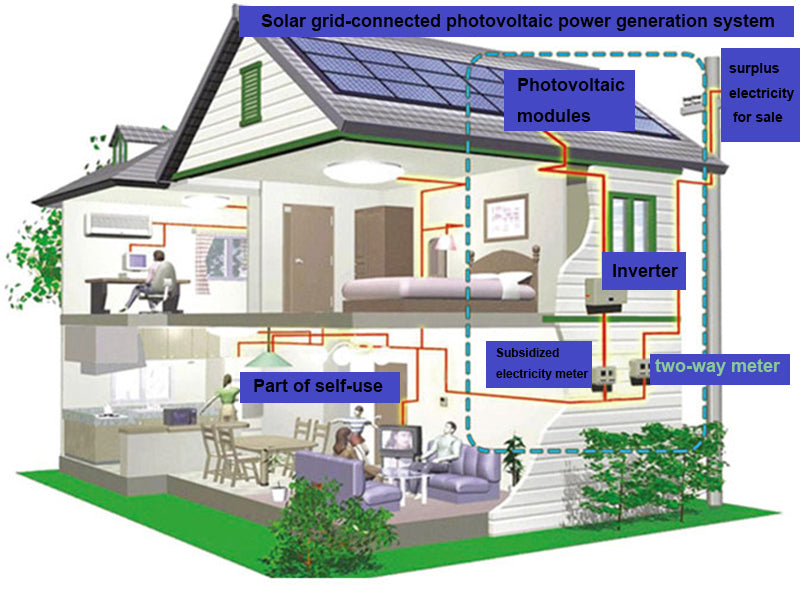
Main content:
1. The evolving grid
At present, grid-connected photovoltaic power generation systems are more and more widely used in daily life.In the past five years, the power grid in developed countries has undergone great changes, mainly due to the following factors:
(1) Influenced by European policies (white paper) and global policies (Kyoto Protocol), it is necessary to limit carbon dioxide emissions in energy use.
(2) The liberalization of the electricity market has brought uncertainty about the return on investment of traditional power generation methods, and has also promoted the development of various distributed generation, especially photovoltaic power generation.
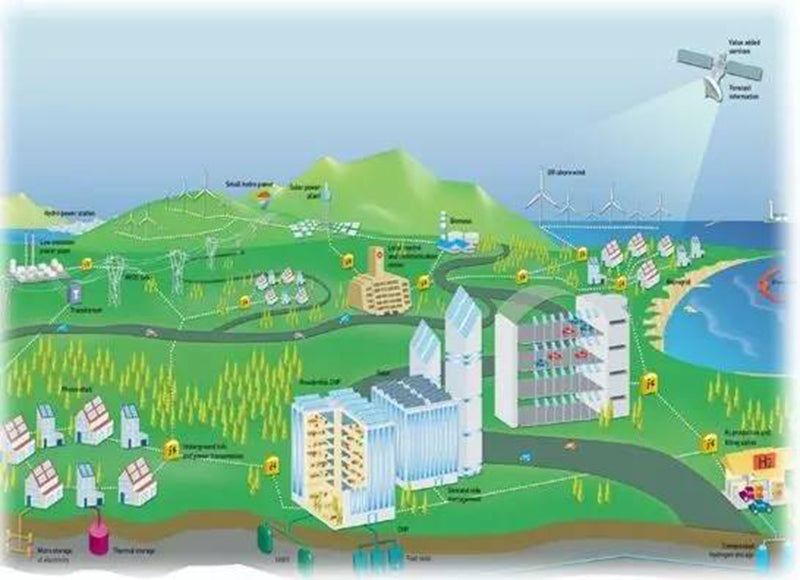
In distributed generation systems, electric energy storage plays a vital role. In addition to compensating for fluctuations in distributed generation power, it can also inject electrical energy into the system at any moment to respond to changes in demand. It can be said that energy storage enables the time-space transfer of electrical energy.
In addition, we also distinguish energy storage for different application requirements or different storage times, which covers almost all possible applications of energy storage in photovoltaic power generation systems.
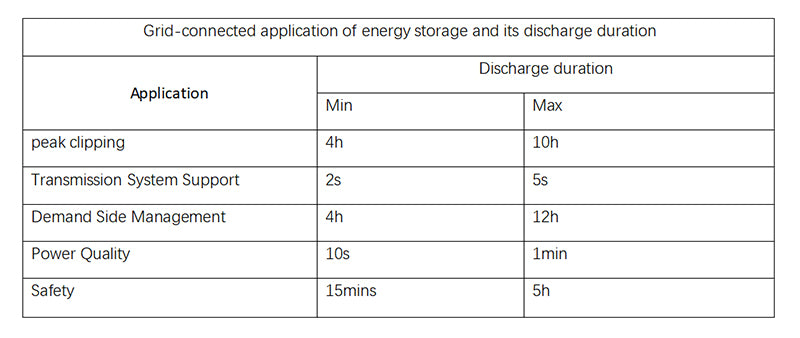
2.Diversified energy storage systems
Because the power grid has different requirements for the power, response time and discharge duration of the photovoltaic power generation energy storage system, different energy storage technologies need to be adopted.
For photovoltaic power storage systems with smaller power, such as photovoltaic power storage systems with a peak power of 10kW, batteries, especially lithium-ion batteries,are very suitable for safety and stability control or load peak regulation applications. Likewise, supercapacitors are suitable for waveform control and current quality improvement in the cycle range.
For higher photovoltaic power storage systems, such as peak power reaching 100kW (such as for factories, villas, or load peak regulation, etc.), sodium-sulfur batteries or flow battery energy storage systems operating in high temperature areas have good Circularity, so it becomes a good choice.
Finally, for photovoltaic power storage applications with very high power, such as peak power reaching 1MW level (power station), the initial infrastructure construction investment of the energy storage system is huge (such as pumped storage power station, heat storage station, compressed air energy storage power station with gas turbine), but it is also economical due to its low additional cost.
In summary, we can see that the scope of photovoltaic power generation is very broad, which means that it will be a new trend in the future.
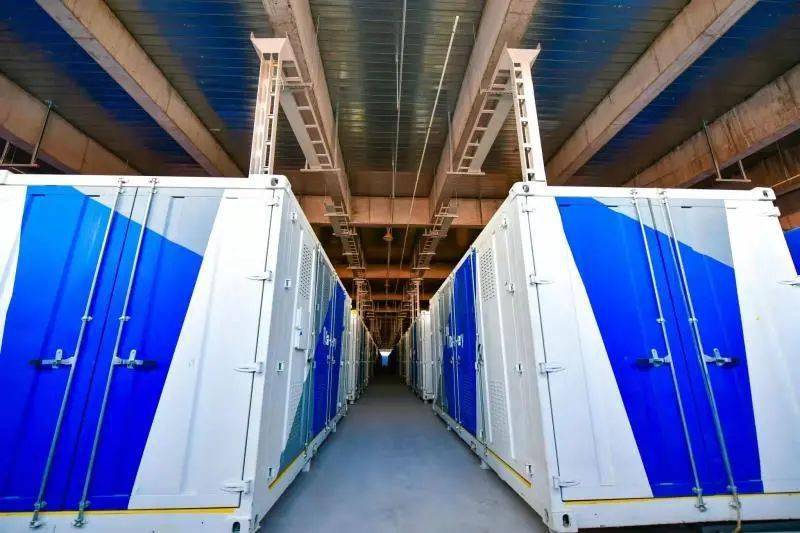
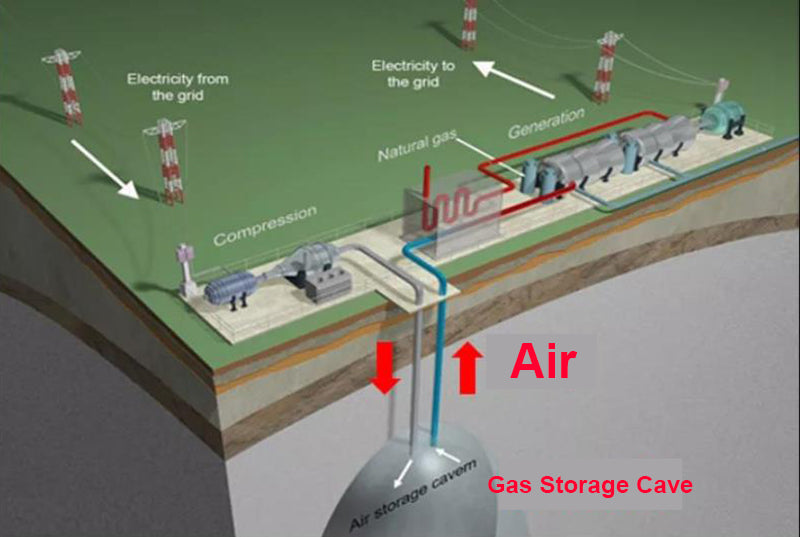
3.Integrating energy storage into the grid: an important issue for the power sector to solve
The rapid increase and large-scale development of grid-connected photovoltaic power generation systems require a variety of different energy storage technologies, such as traditional battery energy storage technology, new advanced battery technology, and flywheel energy storage technology with different power levels. The integration of photovoltaic power generation and energy storage technology and application is a key content to be studied. In addition, the research and application of bidirectional power electronic grid-connected devices in grid-connected photovoltaic power storage systems (which can allow batteries to feed back energy to the grid, or charge batteries through the grid) are equally important, which can be used for different voltage levels. , and has a metering function (for calculating electricity bills).
Finally, according to the different installation positions (power generation, transmission, and distribution) of the photovoltaic power generation and energy storage system in the power grid, an effective method is needed to determine the grid connection of energy storage to the corresponding link operators (generators, transmission system operators, distribution systems Operators), which will ultimately determine the choice of application solutions for photovoltaic power generation and energy storage systems.